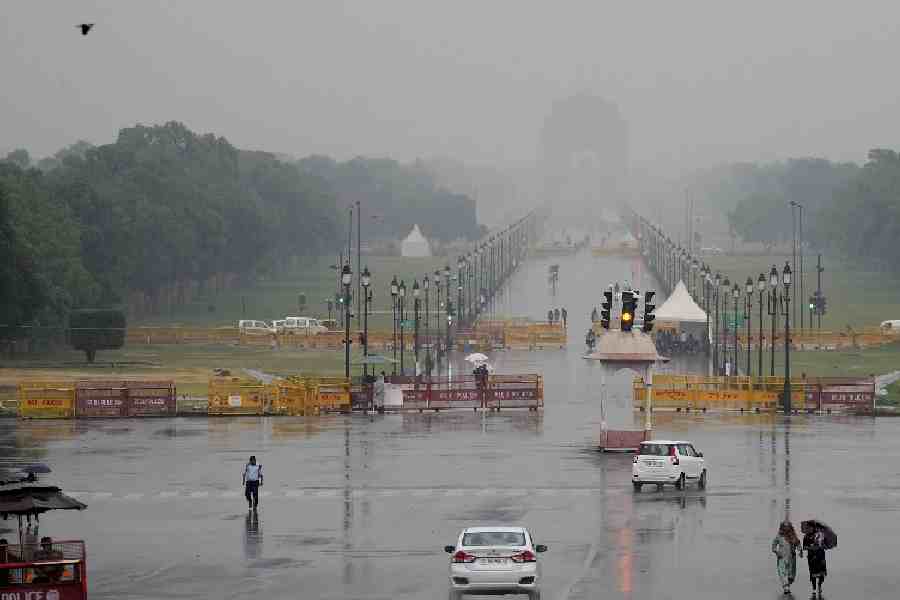India is likely to receive normal monsoon rainfall this summer despite the portent of a potentially menacing Pacific Ocean phenomenon called El Nino, the national weather agency said on Friday, sticking to its forecast from April.
The India Meteorological Department said the country as a whole would receive96 per cent of the long-period average rainfall over the four-month monsoon season from June through September. It also predicted “below normal” rainfall and “above normal” temperatures during June.
The agency, releasing an updated long-range forecast for the 2023 monsoon, said that rainfall would “most likely” be “below normal” across the northwestern region and “normal” across the other three regions — central India, east and northeast India, and the southern peninsula.
Rainfall over the so-called “monsoon core zone” — a swathe of central India marked by primarily rainfed agricultural areas — will also be normal, the IMD said.
The agency defines 96 to 104 per cent of the long-period average as normal, 90 to 95 per cent as below normal, and under 90 per cent as deficient.
In probabilistic terms, the IMD said, there was a 43 per cent chance of normal rainfall, a 25 per cent chance of below normal rainfall, and a 20 per cent chance of deficient rainfall.
The summer monsoon accounts for over 70 per cent of India’s annual rainfall and is critical to the country’s crops, economy and water resources. Rice, maize, oilseeds, pulses, sugarcane and cotton, among other crops, are sown during the season.
The IMD has maintained its forecast for a borderline-normal 96 per cent rainfall — also issued in April — despite an emerging El Nino, a rise in sea surface temperatures in the equatorial Pacific Ocean that has been linked to weak monsoon rain over India.
“There is an over 90 per cent probability that an El Nino will develop during the monsoon,” D. Sivanand Pai, an IMD scientist, said. “But there is no one-to-one relationship between El Nino and the Indian monsoon.”
India received normal or above normal rainfall during 6 of the 15 El Nino years between 1951 and 2022,
Weather scientists are hoping that another phenomenon, called the Indian Ocean dipole — linked to sea surface temperatures in the Indian Ocean — will compensate for any possible effects of El Nino this year.
“Weather forecasting models indicate that there is a 70 per cent chance that a favourable Indian Ocean dipole will develop and persist during June, July and August,” Pai said.
Crop scientists say the distribution of the rain over space and time is more important for crops than the overall volume of monsoon rain. The rain during July and August is particularly important for crops.












